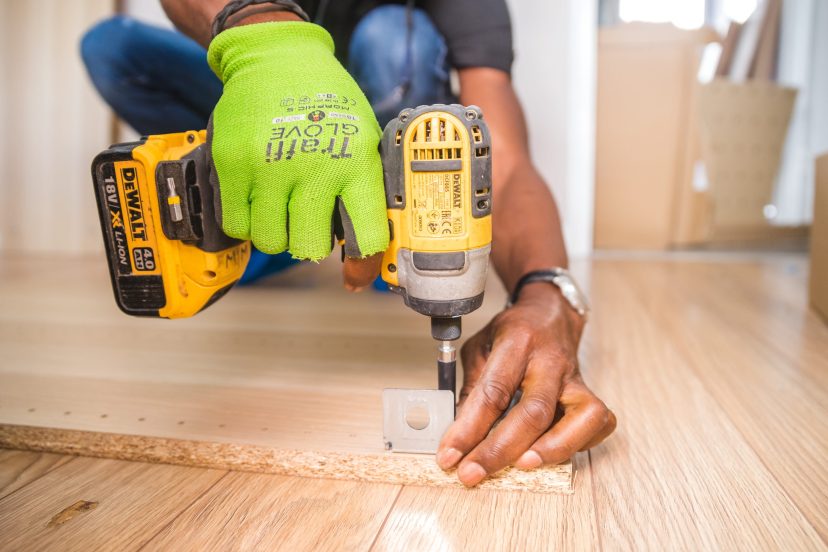How to Put Together a Bed Frame
Hey there! So you’ve got yourself a new bed frame, and now you’re wondering how to put it all together? No worries! I’ve got you covered. Let’s dive in and get that bed ready for some sweet dreams!
Preparing for Assembly
Setting up Your Workspace: Before embarking on assembling your bed frame, the first crucial step is to prepare your workspace. It’s essential to choose an area spacious enough to accommodate the frame’s parts, allowing you to move around comfortably. Clear out any unnecessary items from the area to avoid any obstructions. Also, if you’re setting up on a hard surface, consider placing a soft mat or rug underneath to protect both the frame parts and the floor from potential scratches or damages. Proper lighting is essential too, ensuring you can see all the parts clearly, especially when working with small screws or components.
Tools You Might Need: When assembling a bed frames, having the right tools on hand can make the process smoother. Typically, the package comes with the essential tools, but it’s always good to be prepared. A Phillips or flat-head screwdriver is often required, so make sure you have one that fits the screws provided. A hammer can also come in handy, especially if there are wooden pegs involved. For metal frames, an adjustable wrench might be necessary for tightening nuts and bolts. It’s also wise to keep a tape measure nearby to ensure everything aligns correctly and a level to confirm that the bed frame is even once assembled.
Step-by-Step Assembly Instructions
1. Understanding Your Bed Components
Before diving into the assembly process, take a moment to familiarize yourself with the various components of your bed frame. Most bed frames will come with a set of rails, slats, a headboard, a footboard, and various screws or bolts. Reading the manual can offer insights into each part’s purpose. Recognizing each piece at the outset can prevent confusion later on and ensure that you assemble the bed correctly. Laying them out according to their function can also speed up the assembly process.
2. Laying Out the Frame
Begin by positioning the main frame parts in the approximate locations where they’ll be once assembled. This step gives you a visual idea of how the final product will look and ensures that you have all the necessary components. For instance, placing the rails parallel to each other with ample space in between sets the stage for the rest of the assembly. It also helps in identifying which rail goes on which side, especially if they are not identical.
3. Connecting the Rails and Slats
Once the frame’s layout is clear, start connecting the rails. Depending on the design, there might be brackets on the ends of each rail that fit into slots or connectors on the headboard and footboard. After securing the rails, it’s time to lay out the slats. These slats usually fit into pre-designated slots or grooves along the rails. Ensure they’re evenly spaced, as they’ll support the mattress and distribute weight evenly.
4. Attaching the Headboard
The headboard often serves as the focal point of the bed, so ensure it’s attached securely. Depending on your bed frame’s design, it might connect directly to the rails or have its own legs that rest on the floor. Align the brackets or holes on the headboard with those on the rails, then use the appropriate screws or bolts to secure it. Ensure it’s upright and firmly attached before proceeding.
5. Securing the Footboard
Much like the headboard, the footboard provides both aesthetics and structure to the bed. To attach, align its brackets or holes with the corresponding points on the rails. Using the provided hardware, secure it in place, ensuring it’s straight and stable. Once attached, give the entire frame a gentle shake to ensure everything is tight and in place.
Sample video instructions for Zinus Mory Wood Metal PB w/ Split Headboard Assembly instructions
Tips for a Smooth Assembly Process
Checking for Stability
Once you’ve assembled your bed frame, it’s vital to ensure that it stands firm and doesn’t wobble. Begin by applying a bit of pressure on each corner, observing any shifts or movements. A stable bed shouldn’t have any give or noticeable movement in its main components. You can also sit on various parts of the bed to make sure it supports your weight evenly. Listening for any creaks or sounds can be a telltale sign if something isn’t right. If there’s any instability, review your assembly steps to ensure every part is correctly fitted and all screws and bolts are tightly secured.
Avoiding Common Mistakes
Bed frame assembly might seem straightforward, but there are several common pitfalls one can encounter. One frequent mistake is not sorting and identifying all components before starting, leading to confusion later on. Always ensure you’re using the correct screws or bolts for each part; forcing the wrong piece can damage the frame. Additionally, don’t rush the process; it’s better to take your time and double-check each step rather than realizing a mistake after the whole bed is assembled. Lastly, always consult the manufacturer’s instructions. Even if you’ve assembled beds before, design specifics can vary, and following the manual can save you from potential mishaps.
Every bed frame comes with its specific set of instructions. It’s crucial to follow the manufacturer’s recommendations closely to ensure proper assembly and longevity of the bed. Deviating from these guidelines can compromise the bed’s stability and safety. Always prioritize the manufacturer’s advice for optimal results.




